1. Rock and Roll

Rock and roll has deep roots in Black communities, with pioneers like Chuck Berry, Sister Rosetta Tharpe, and Little Richard shaping the sound. Their electrifying performances and innovative guitar work laid the foundation for what would later become a global phenomenon. However, as the genre gained mainstream attention, white artists like Elvis Presley were credited with popularizing it, often overshadowing the original creators. Many early rock songs were direct covers of Black artists’ work, sometimes without proper credit or compensation says Ebony Magazine.
Despite this, the influence of Black musicians remains undeniable. Sister Rosetta Tharpe, in particular, was a force of nature, blending gospel and electric guitar in a way that inspired legends like Johnny Cash and Eric Clapton. The energy, rhythm, and rebellious spirit of rock and roll wouldn’t exist without its Black originators. It’s only in recent years that more people have started giving them their due recognition adds PEOPLE.
2. Streetwear
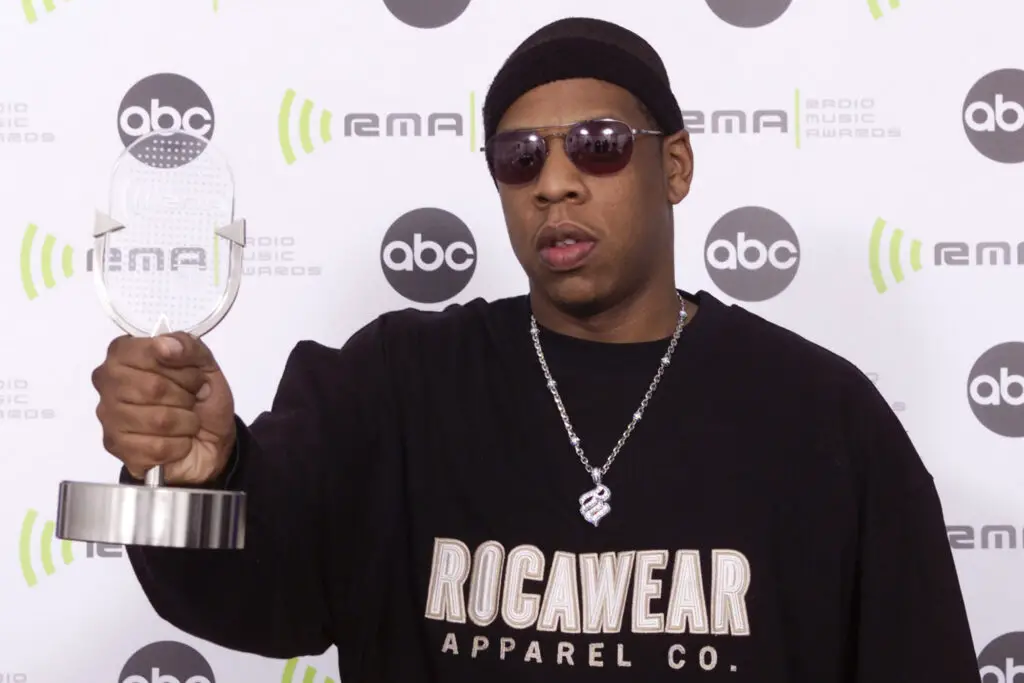
Streetwear is now a billion-dollar industry, but it started in Black communities, particularly among hip-hop artists and skateboarders in the ’80s and ’90s. Baggy jeans, oversized shirts, and sneakers weren’t just fashion choices; they were cultural statements influenced by everyday life. Brands like FUBU (For Us, By Us) were created specifically to cater to Black consumers who weren’t represented in mainstream fashion. However, as streetwear gained popularity, luxury brands jumped in, rebranding it as high fashion shares WISN.
Now, brands like Gucci and Balenciaga sell oversized hoodies and sneakers for hundreds, sometimes thousands, of dollars. Meanwhile, many of the original Black-owned brands that pioneered the look struggle to get the same recognition. The irony is that the style was once dismissed as “too urban” or “unprofessional” before being embraced by the fashion elite. But even with the rebranding, Black culture remains at the heart of streetwear’s DNA says VCU News.
3. Breakdancing
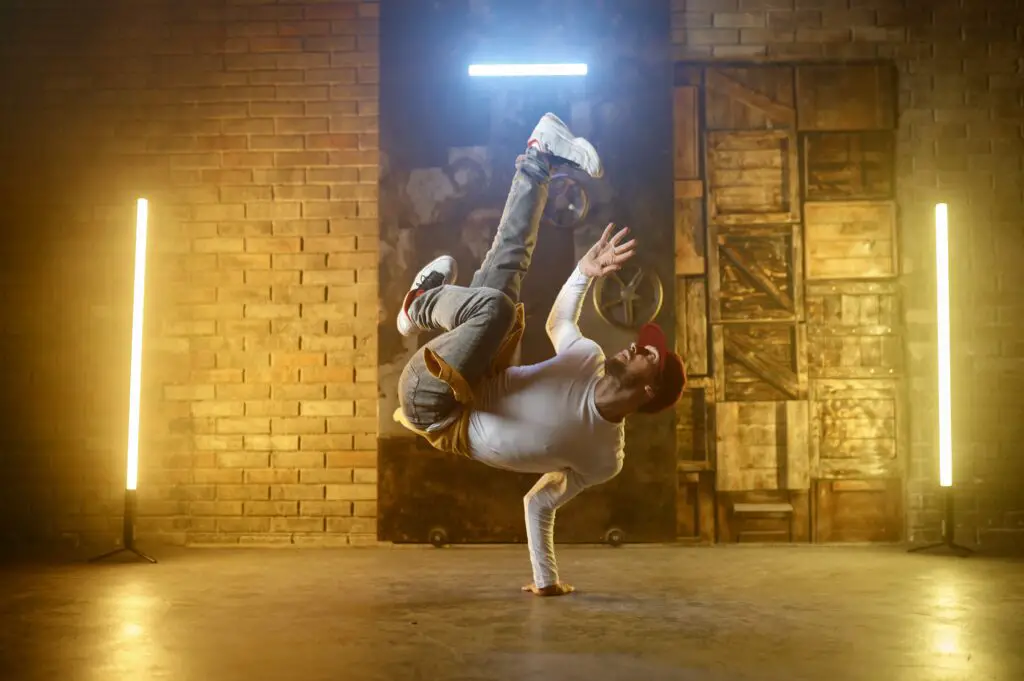
Breakdancing was born in the Bronx during the ’70s as part of the hip-hop movement, with young Black and Puerto Rican dancers creating an entirely new form of expression. It was more than just spinning on your head—it was about telling a story through movement, competing in dance battles, and representing your community. At first, mainstream media barely acknowledged breakdancing, dismissing it as a passing trend. But by the ’80s, it was co-opted into pop culture, with movies and commercials featuring breakdancers without always crediting the culture behind it.
Today, breakdancing has evolved into an Olympic sport, and while that’s a huge accomplishment, it’s important to remember where it came from. Many of the dancers who kept the art alive for decades weren’t invited to these larger platforms until much later. It’s a reminder that what starts as a cultural movement often gets repackaged for mass appeal. Thankfully, breakdancing’s roots in hip-hop remain strong, keeping its original essence alive.
4. Drag Ball Culture

Long before “voguing” became mainstream, Black and Latino LGBTQ+ communities in Harlem were creating entire ball scenes. In the ’70s and ’80s, drag balls were underground spaces where marginalized people could express themselves through fashion, dance, and performance. Pioneers like Pepper LaBeija and Dorian Corey helped shape the extravagant ballroom culture, which was later documented in Paris Is Burning. Madonna’s “Vogue” brought elements of the scene into the mainstream, but many of the original creators didn’t benefit from its success.
Now, ballroom culture influences everything from fashion to music videos, yet its history isn’t always acknowledged. Phrases like “shade” and “realness” originated in these spaces before becoming part of everyday slang. Shows like RuPaul’s Drag Race have helped introduce the culture to new audiences, but they also sometimes commercialize it in ways that overlook its struggles. Despite this, ballroom communities continue to thrive, keeping their history and traditions alive.
5. Hoop Earrings

Hoop earrings have long been a staple in Black and Latino communities, symbolizing resilience, style, and cultural pride. In the ’60s and ’70s, they were popularized by Black icons like Nina Simone and Angela Davis, who wore them as symbols of strength and resistance. However, for years, hoop earrings were seen as “ghetto” or “unprofessional” when worn by Black women. It wasn’t until high-end fashion brands and celebrities started embracing them that they were suddenly seen as chic.
Now, hoops are a fashion must-have, worn by everyone from influencers to runway models. Yet, Black and Latina women who wore them before they were trendy often faced criticism for doing so. It’s frustrating to see something that was once dismissed now being praised without acknowledging its origins. But as always, the community continues to reclaim what’s theirs, proving that the style was never just a trend—it was a statement.
6. Acrylic Nails
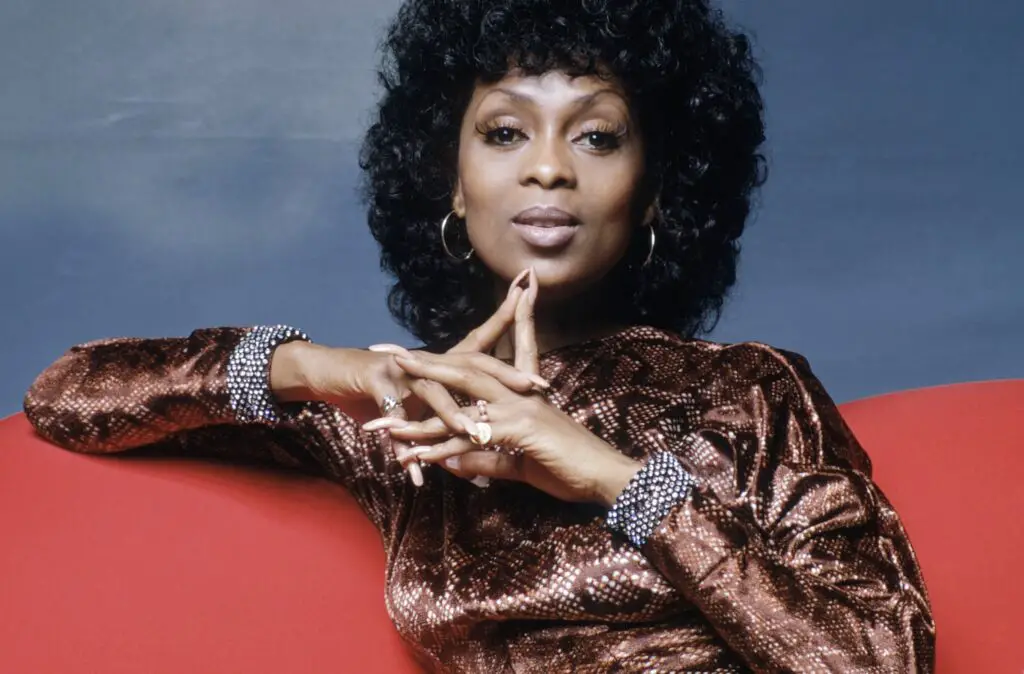
Long before celebrities and influencers flaunted long acrylic nails, Black women were perfecting the art of nail design. In the ’80s and ’90s, hip-hop artists and R&B singers like Missy Elliott and Lil’ Kim made elaborate nail art a signature look. At the time, acrylics were often considered “too loud” or “unprofessional” when worn by Black women. Fast forward to today, and high-end fashion brands showcase the same styles on runways, calling them innovative.
It’s frustrating to see something once mocked now praised when rebranded for a different audience. The same designs that were considered “ghetto” are now high fashion, sold at luxury salons. Despite this, Black nail artists continue to push boundaries, setting trends long before they’re acknowledged. The legacy of Black beauty culture remains strong, even if mainstream fashion is just now catching up.
7. Sneaker Culture
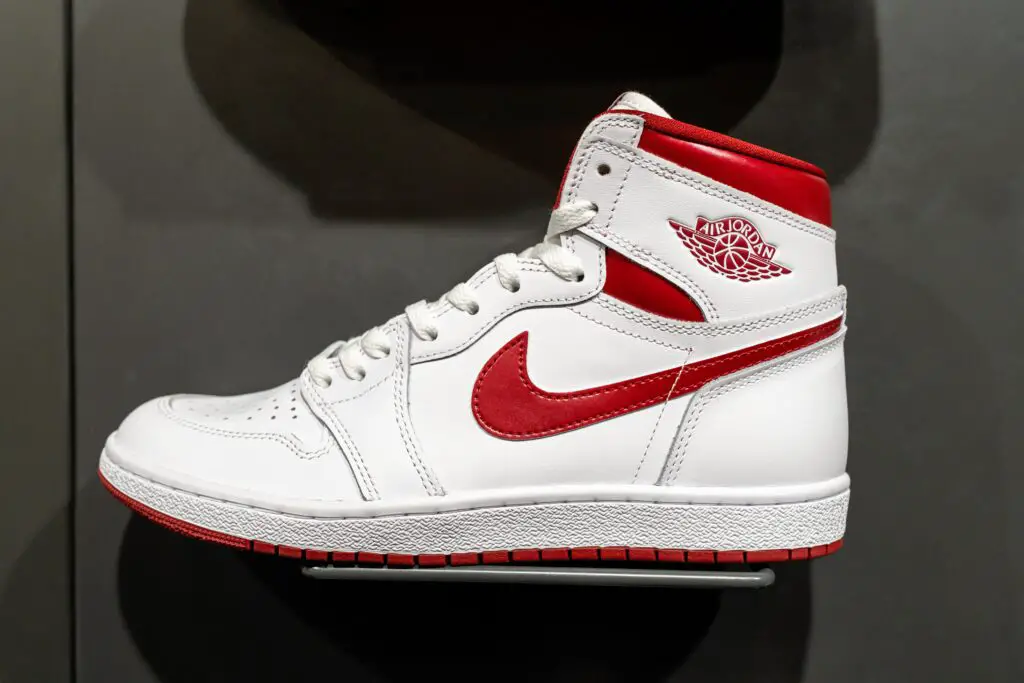
Sneaker culture as we know it wouldn’t exist without Black communities. In the ’80s and ’90s, sneakers became a status symbol, influenced by hip-hop and basketball legends like Michael Jordan. The Air Jordan brand revolutionized sneaker fashion, making shoes more than just athletic wear. At the time, mainstream media didn’t fully understand the hype, sometimes portraying sneaker culture negatively.
Now, sneaker reselling is a billion-dollar industry, with exclusive releases selling out in minutes. Luxury brands have jumped on the trend, collaborating with athletes and rappers to sell high-priced sneakers. But the cultural influence came from the streets, where sneaker choices were about self-expression and identity. Even as sneaker culture goes global, its Black roots remain undeniable.
8. Slang Terms
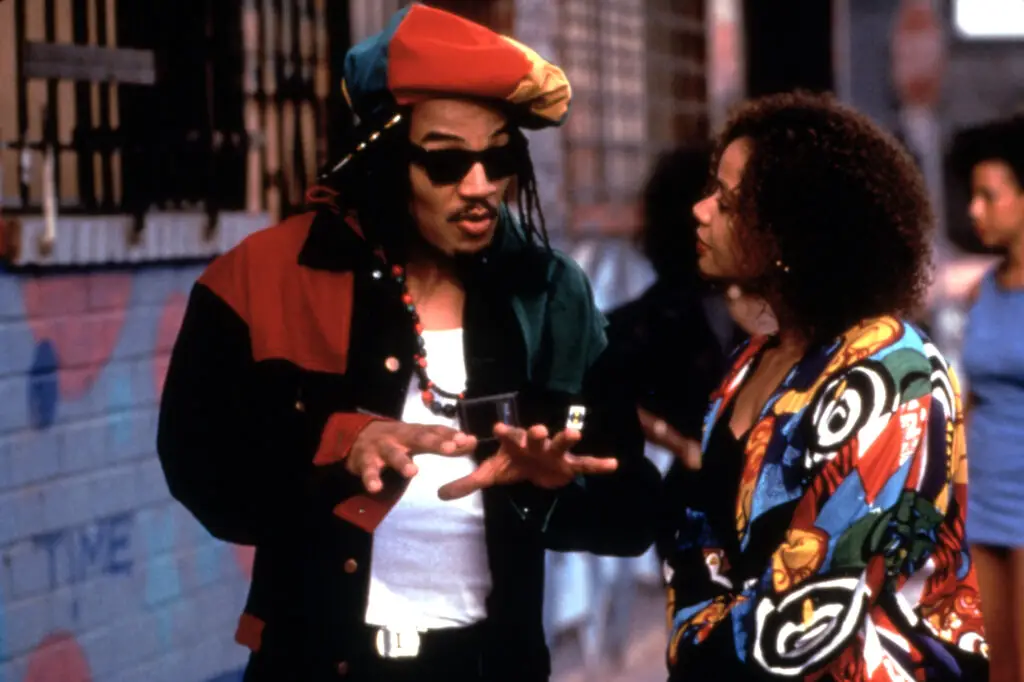
Words like “lit,” “bae,” and “on fleek” all originated in Black communities before becoming part of mainstream language. AAVE (African American Vernacular English) has influenced American slang for decades, shaping how people talk online and in pop culture. But too often, these words get rebranded without acknowledging their origins. Social media has accelerated this, with phrases going viral and quickly losing their original meaning.
What’s frustrating is that AAVE has historically been stigmatized, with Black speakers sometimes being criticized for how they talk. Yet, when the same words are used by non-Black influencers, they’re seen as trendy or cool. Language evolves, but it’s important to give credit where it’s due. AAVE isn’t just slang—it’s a linguistic tradition with deep cultural roots.
9. Twerking
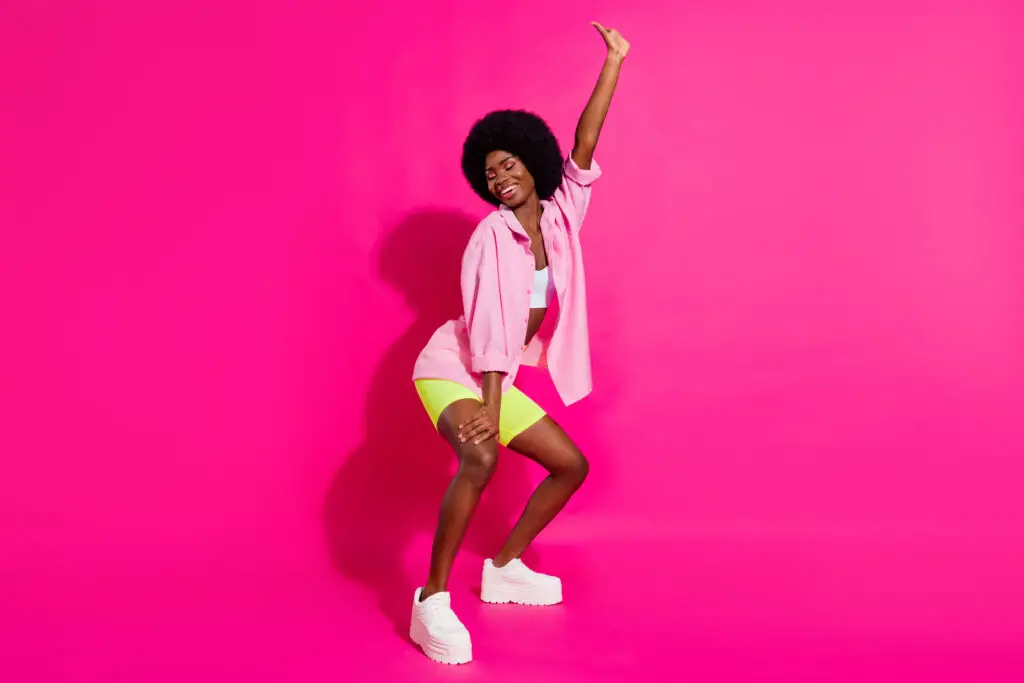
Before it became a viral dance craze, twerking had deep roots in African dance traditions. Black women in hip-hop popularized it in the ’90s and early 2000s, with artists like Big Freedia keeping the bounce music scene alive. For years, twerking was criticized and seen as inappropriate—until mainstream pop stars adopted it. Suddenly, it was rebranded as a fun, carefree dance, with little acknowledgment of where it came from.
Even with its mainstream appeal, twerking is still deeply tied to Black culture. It’s more than just a dance—it’s an art form with a rich history. The frustration comes when something originally mocked is later praised under a new name. But Black culture has always been the blueprint, even when credit isn’t given.
10. Cornrows
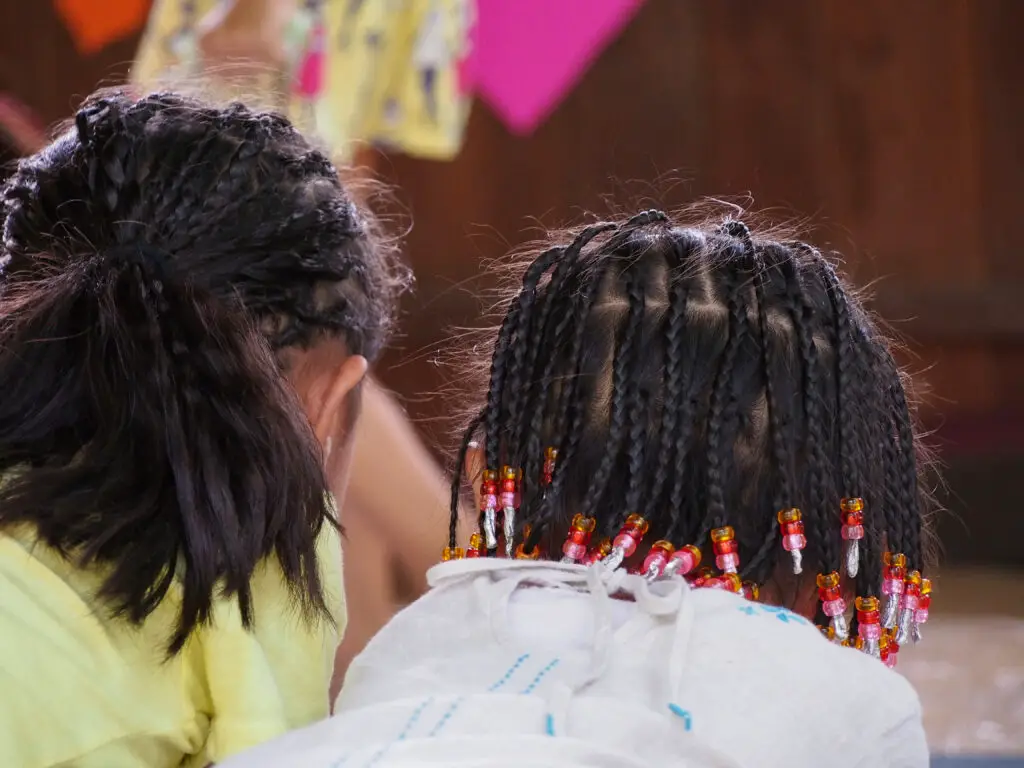
Cornrows have been worn by Black people for centuries, dating back to African civilizations where intricate braiding patterns were a form of storytelling and cultural expression. In the U.S., cornrows became a practical and stylish choice, especially in the ’70s and ’90s when celebrities like Janet Jackson and Allen Iverson popularized them. However, for years, cornrows were deemed “unprofessional” in workplaces and schools, with Black people facing discrimination for wearing them. Then, high-fashion designers and celebrities started showcasing cornrow-inspired styles, suddenly calling them “boxer braids” and treating them as a new trend.
The frustration comes from the double standard—when Black people wear cornrows, they face criticism, but when a white celebrity does it, it’s seen as edgy or fashion-forward. Despite the mainstream’s attempt to rebrand the style, cornrows remain a powerful symbol of Black culture and resilience. Black hairstylists and artists continue to innovate and evolve the art of braiding, ensuring that its origins are never forgotten. No matter how much the fashion industry tries to rename or repackage it, cornrows will always belong to the culture that created them.
11. Soul Food
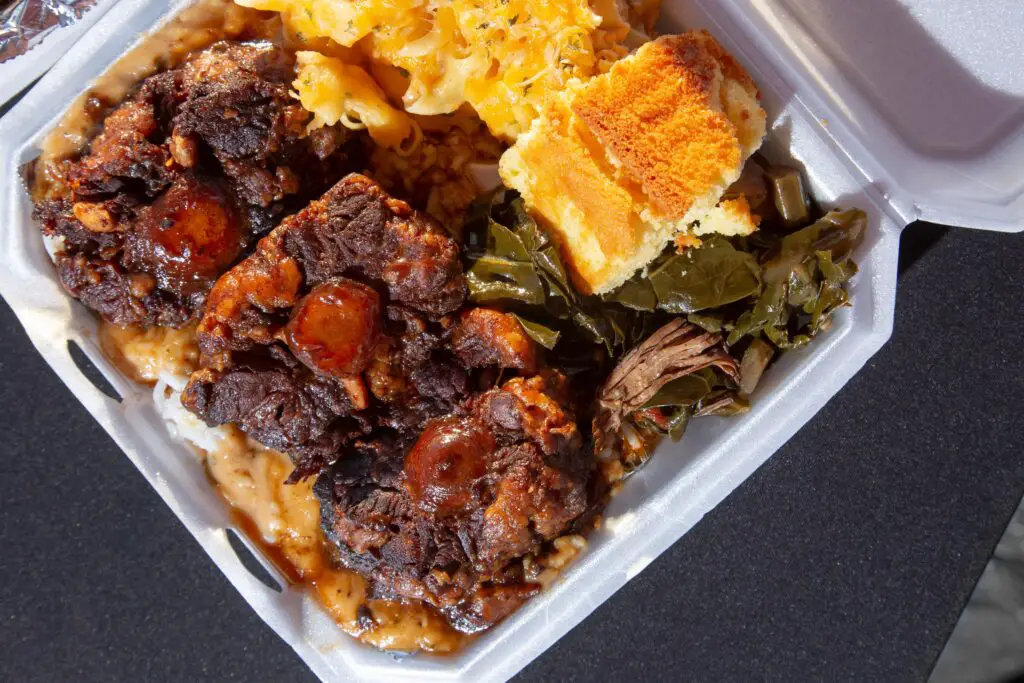
Soul food is one of the most beloved cuisines in America, with dishes like fried chicken, collard greens, mac and cheese, and cornbread tracing back to Black Southern traditions. These recipes were born out of resourcefulness, with enslaved Africans transforming humble ingredients into rich, flavorful meals. For years, soul food was unfairly criticized as unhealthy or low-class, while Black chefs rarely received mainstream recognition. But as Southern cuisine became trendy, high-end restaurants began serving soul food dishes with a gourmet twist—often at much higher prices.
While it’s great to see soul food celebrated, it’s important to remember where it came from. Many of these dishes are tied to history, family, and community, not just a passing food trend. Black chefs and home cooks have been perfecting these recipes for generations, long before they appeared on fancy menus. The heart of soul food has always been about resilience, creativity, and bringing people together—something no rebranding can take away.
